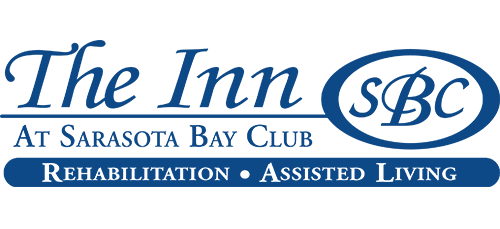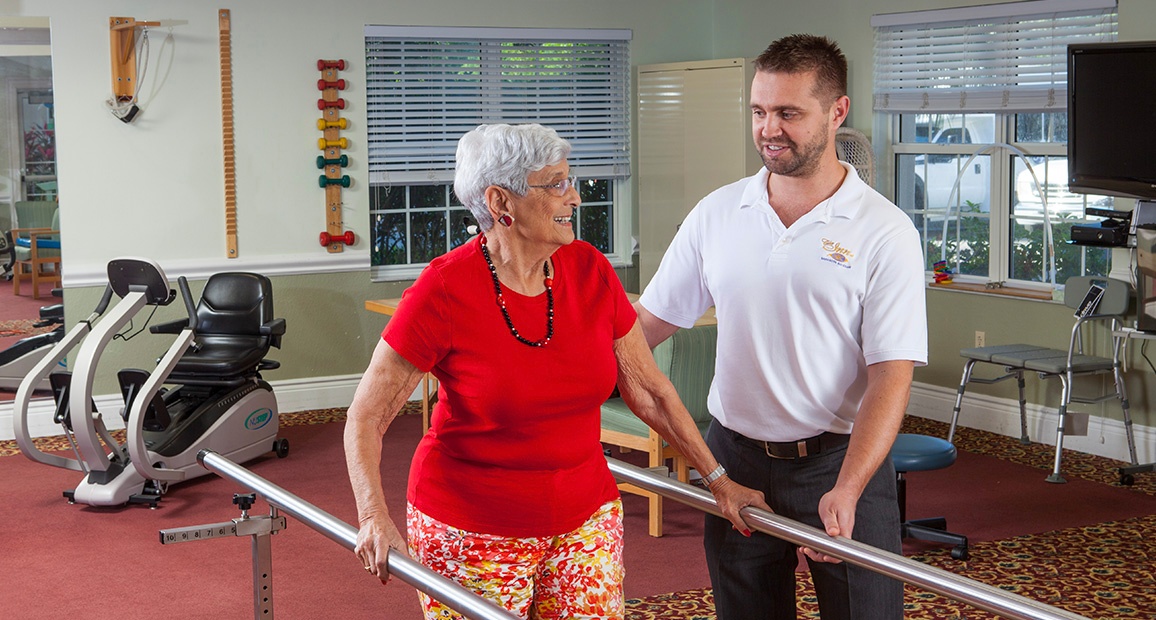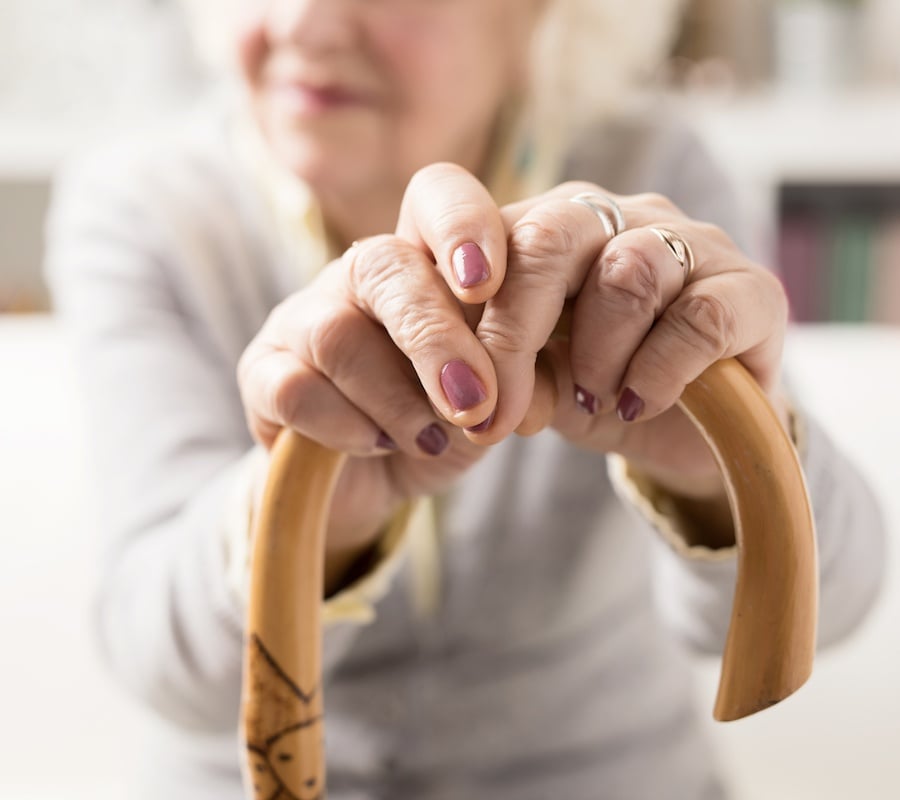Physical therapy for seniors provides post-acute care that restores optimum functionality and mobility, relieves pain, improves independence, and enhances the quality of life. By participating in a senior rehabilitation program, older adults recovering from injury can experience enhanced body strength and vitality.
Related Blog: Common Misconceptions About Assisted Living
Let’s take a look at some common types of physical therapy for seniors as well as the benefits they provide.
Common Types of Physical Therapy for Seniors
Physical therapists who work with seniors are trained to provide a range of therapy to accelerate recovery and return to a normal lifestyle. The common types of physical therapy for seniors include:
- Geriatric physical therapy – Focuses on the needs of aging adults, helping them recover from various conditions, such as osteoporosis, arthritis, balance issues, and joint replacement.
- Orthopedic physical therapy – This therapy is provided by an orthopedic physical therapist and helps treat the musculoskeletal system and help recover from orthopedic surgeries. This therapy strengthens the muscles, joints, ligaments, and tendons to restore mobility.
- Neurological physical therapy – This therapy focuses on the nerves - both the central nervous system (CNS) in the brain and the peripheral nervous system (PNS) in the body. A neurological physical therapist works with seniors living with neurological conditions (Parkinson's disease, Alzheimer's disease, TBI, and Amyotrophic Lateral Sclerosis), teaching them how to adapt to mobility, balance, visual, and muscle loss impairments to easily cope with activities of daily living (ADLs).
- Cardiopulmonary physical therapy – Individuals who've suffered a heart attack or are living with cardiovascular or pulmonary conditions, such as pulmonary fibrosis or Chronic Obstructive Pulmonary Disease (COPD), can consider cardiopulmonary physical therapy to enhance their endurance and functional independence.
Benefits of Physical Therapy for Seniors
The aging process causes decreased muscle strength and flexibility issues among seniors. That puts them at a greater risk of injuries and illnesses whose recovery requires ongoing treatment like physical therapy. Therapy aims to alleviate pain and quicken the return to mobility. This type of therapy has many benefits, including:
Reduced Risk of Falls
The Centers for Disease Control and Prevention (CDC) indicated that 36 million falls occur annually among individuals aged 65 and above. Over 95% of these incidents result in hip fractures and falls accounting for over eight million injuries and 950,000 hospitalizations. A fall only aggravates a senior individual's frailty, increasing their chances of falling again. Physical therapy can teach older adults balance techniques to help them maintain stability and mitigate the risks of a subsequent fall.
Alleviating Chronic Pain
About 25-85% of senior Americans experience chronic pain that may lead to mood disorders, reduced everyday functioning, and lower satisfaction with life. In addition, neuropathic pain caused by diabetes, arthritis, and other neurological disorders (such as Parkinson's disease, Alzheimer's disease, stroke, and multiple sclerosis) can lead to unending discomfort, making it difficult to undertake ADLs. Physical therapy can strengthen the joints and improve their flexibility, relieving pain and preventing future symptoms.
Reducing Over Reliance on Prescription Drugs
Older adults are usually on prescription medicine to help them manage chronic pain and other health conditions. However, physical therapy includes comprehensive rehab and recovery services for seniors that offer the same level of pain relief as prescription medication, which alleviates the need for some pharmaceutical drugs. In fact, physical therapy is reported to provide the same results as surgery in treating spinal stenosis.
The Inn at Bayshore Place provides an integrated continuum of healthcare services, such as physical therapy programs, to help patients regain their maximum function and independence. Contact us today to find out how we can help you and your loved one.

